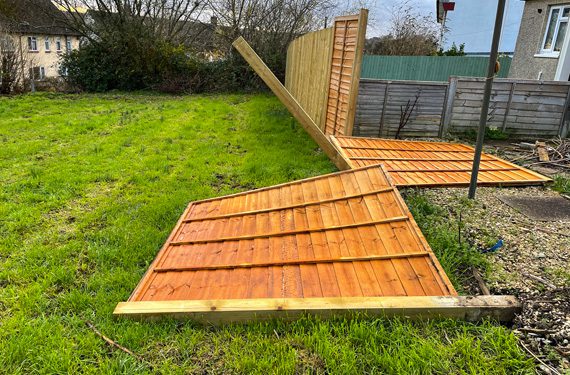All Categories
Featured

When taking into consideration mounting a fencing on your building, one of one of the most essential steps is to comprehend whether you require a license. Fencing installments commonly call for a license to make certain that the framework follows local zoning laws, constructing codes, and security criteria. The specific permits required can vary relying on your place, the kind of fencing you prepare to mount, and the elevation or positioning of the fence. Below's an overview to help you browse the process of getting a fence permit and make certain that your installment is problem-free and lawful.
Why You Required an Authorization for a Fence Setup. The license procedure assists neighborhood authorities validate that your fence does not interfere with web traffic visibility, regard your property lines, or go against height limitations. Setting up a fencing without a license can result in penalties, elimination of the fencing, or hold-ups in construction, so it's essential to examine whether an authorization is called for prior to starting your project.
Kinds of Authorizations You May Need. There are a few typical kinds of permits you could require for a fencing setup:
Building Permit. A building authorization is the most typical license needed for fencing installations. This permit makes certain that the fencing meets security requirements and is created according to local building ordinance. A structure permit is commonly required if the fence exceeds a particular height (often 6 feet), is constructed from specific materials, or is situated near a public sidewalk or roadway.
Zoning Permit. A zoning authorization may be required to verify that your fencing abides by regional zoning regulations. Zoning regulations can dictate where a fence can be put on your building, exactly how high it can be, and whether it is allowed certain locations (such as along residential property lines or in front yards) Some communities have guidelines restricting the elevation of fencings in the front lawn to ensure visibility for pedestrians and chauffeurs.

Problem Permit. You may require a problem license if you are building a fencing near your property line or close to a street. An obstacle describes the distance a framework, consisting of fencings, need to be from the building line. Problem policies vary by place, and making certain that your fencing is placed properly can stop disputes with neighbors and prevent infractions.
Property Owner Association (HOA) Authorization. If you live in an area governed by a House owner's Organization (HOA), you might need approval from them along with regional authorizations. HOA regulations commonly cover the kind of products, height, design, and color of fences. Even if your city government does not require a license, your HOA may still have details guidelines that need to be followed.
Exactly How to Make An Application For a Fence License. To request a fencing license, you'll need to contact your neighborhood building division or preparation office. The application procedure normally entails completing a kind, paying a fee, and sending a site strategy of your residential or commercial property that reveals the suggested area of the fencing. You may additionally need to include details regarding the products, height, and design of the fence.
In some situations, a regional authorities might require to check your building prior to accepting the permit. Once the license is approved, you will certainly be accredited to wage your fence setup.
When Is an Authorization Not Needed? In certain scenarios, a permit might not be needed. These scenarios can include:
Low Elevation Fences: In numerous areas, fencings that are below a certain height (usually 3 to 4 feet) may not require a license, specifically if they are positioned in the backyard or various other non-visible locations.
Fence Replacement: If you're changing an existing fencing with the very same elevation and product, some areas may not call for a new license.
Non-Obtrusive Fences: Short-term or ornamental fences, such as those utilized for horticulture or landscape design objectives, may not need permits as long as they are low and not irreversible.
Nevertheless, it is necessary to contact your local zoning workplace or structure department, as laws can vary by territory.
Repercussions of Not Acquiring an Authorization. Falling short to get the essential authorizations can bring about significant repercussions. These include fines, forced elimination of the fencing, and even delays in construction. In addition, if your fence does not meet regional regulations, you can deal with legal problems with neighbors or neighborhood authorities.

Verdict. When installing a fence, it's essential to look into the authorization demands in your area. By making sure that you adhere to neighborhood laws and acquire the essential licenses, you can make certain and avoid pricey errors that your fence is legitimately certified. Consult your neighborhood structure department, HOA, and zoning workplace to establish what permits are required for your certain fence project. This action is vital to protect both your financial investment and your home's value.
Latest Posts
Custom Bathroom Solutions by Bath Fitter
Published Jan 20, 25
0 min read
Full Circle Marketing: Your Trusted Partner in Marketing Excellence
Published Jan 20, 25
1 min read
Full Circle Marketing: Achieve Your Vision with Proven Results
Published Jan 20, 25
1 min read